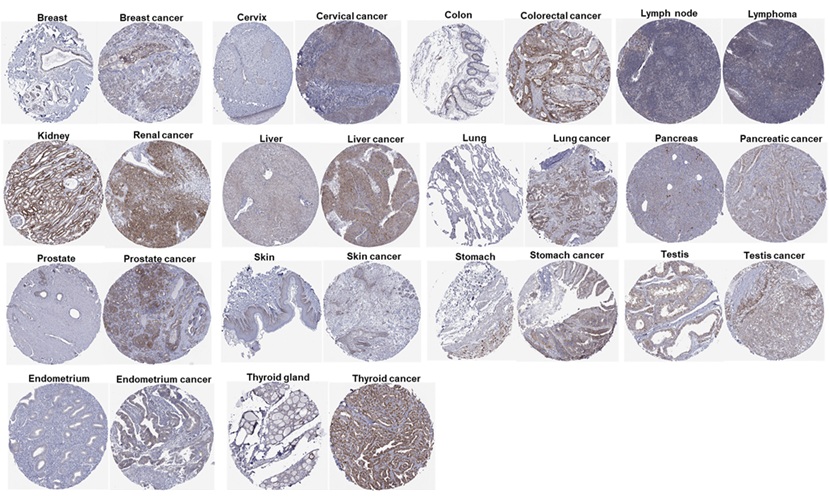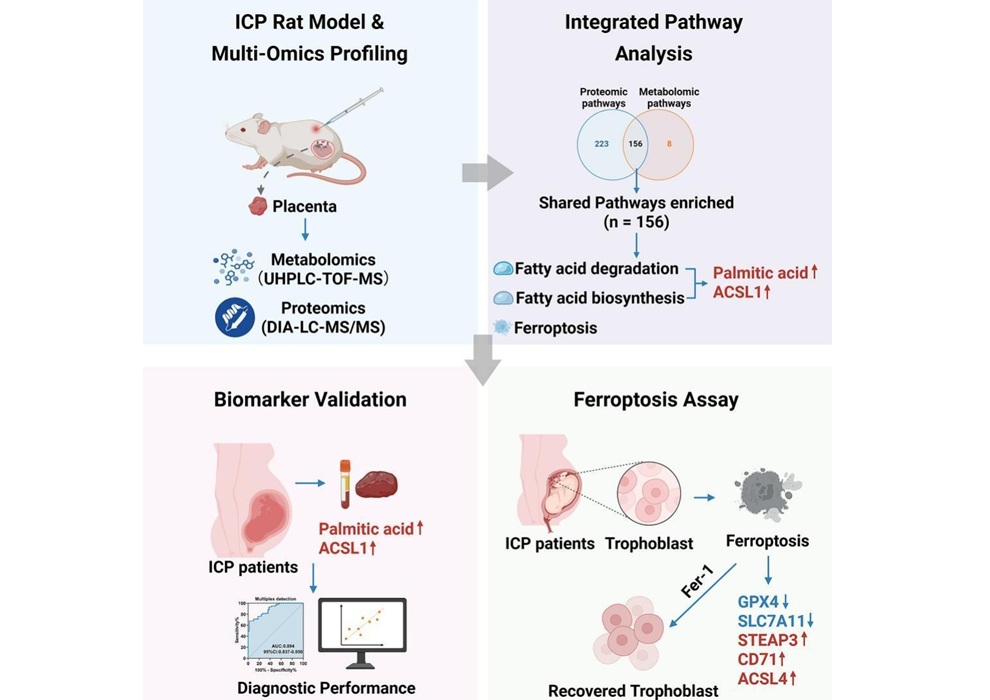Multi-Faceted Biomarker Demonstrates Diagnostic Potential for Various Cancers
Posted on 18 Aug 2025
Cancer remains one of the leading causes of mortality worldwide despite significant advancements in medicine. Early detection and reliable prognostic tools are critical to improving survival, yet effective biomarkers applicable across multiple cancer types remain limited. Now, a new study has demonstrated the potential of a single gene to serve as a diagnostic, prognostic, and immunotherapeutic biomarker, offering hope for more precise cancer management.
Researchers from Louisiana State University Health Sciences Center (New Orleans, LA, USA), Tulane University (New Orleans, LA, USA), and collaborators conducted a comprehensive bioinformatics analysis to assess the role of the CISD1 gene in cancer. Using data from multiple public databases, including TCGA, GTEx, THPA, GEPIA2.0, and cBioPortal, they evaluated CISD1’s expression, genetic alterations, and clinical correlations across 33 cancer types. This systematic approach allowed for a broad exploration of its functions in tumor biology.

The results, published in Genes & Diseases, revealed significant changes in CISD1 expression at both transcriptional and translational levels. Mutations, particularly within the zf-CDGSH domain at hotspot site A69S/V, were associated with cancer initiation and progression. High CISD1 expression was linked to poor clinical outcomes, reduced survival, and increased mortality risk. Furthermore, CISD1 correlated with tumor mutation burden, microsatellite instability, and stemness indices, underscoring its prognostic potential.
The study also highlighted CISD1’s link to immunotherapy outcomes. Tumors with high CISD1 expression showed elevated immune checkpoint proteins, making them more likely to respond to immune checkpoint blockade therapies. This establishes CISD1 not only as a diagnostic and prognostic biomarker but also as a predictor of immunotherapeutic effectiveness. Interestingly, CISD1 displayed dual roles, acting as an oncogene in most cancers but showing tumor-suppressive functions in six cancer types.
Looking ahead, targeting CISD1 directly may present new therapeutic opportunities. Strategies such as modulating its protein expression or interfering with its iron-sulfur cluster could improve treatment outcomes. While the study acknowledges limitations, including a lack of experimental validation and heterogeneity across datasets, it lays a strong foundation for deeper exploration of CISD1 in cancer biology and clinical applications. In conclusion, this systematic pan-cancer analysis shows that CISD1 could serve as a reliable and promising diagnostic, prognostic, and immunotherapeutic biomarker in multiple cancers.














